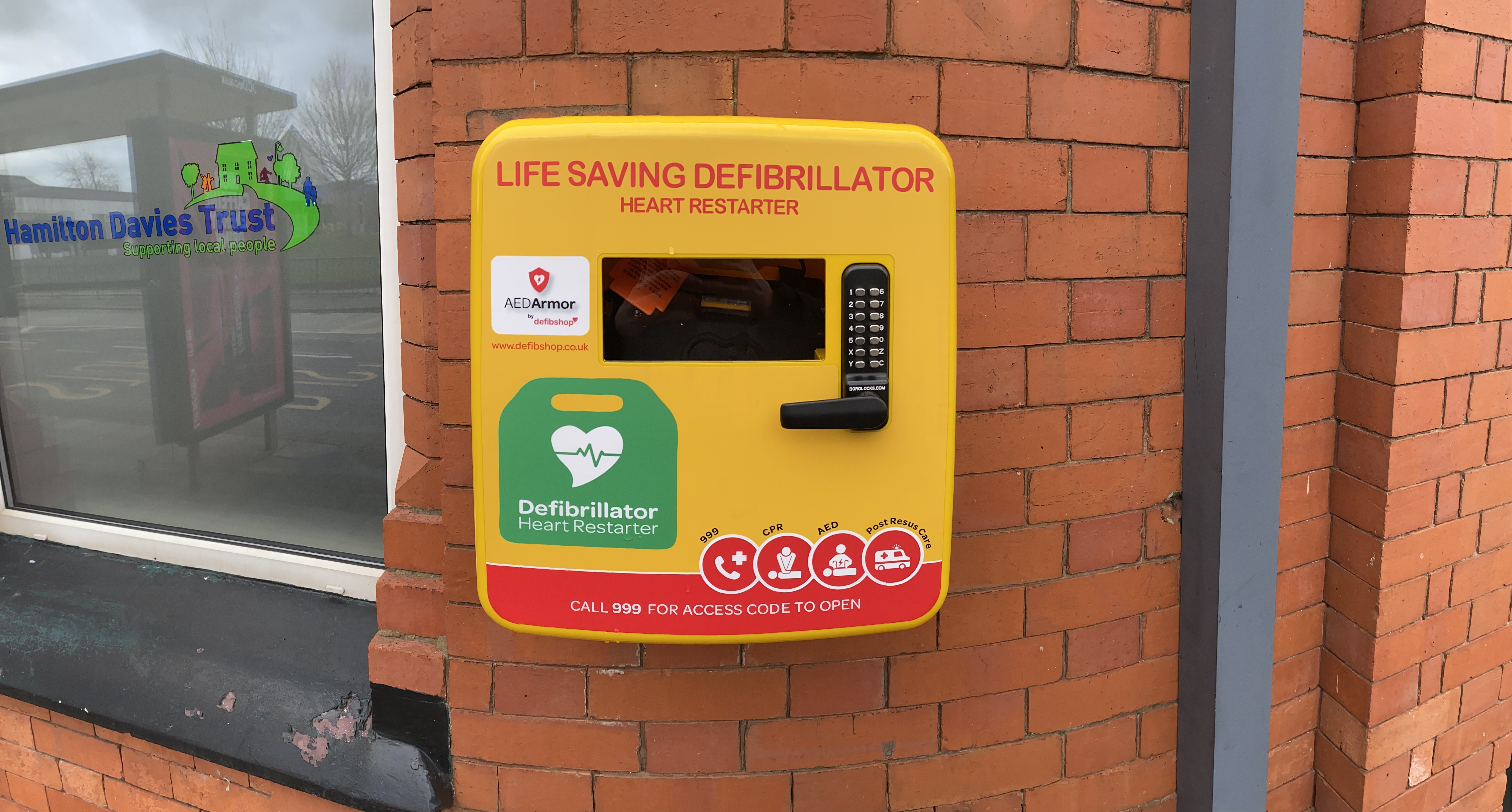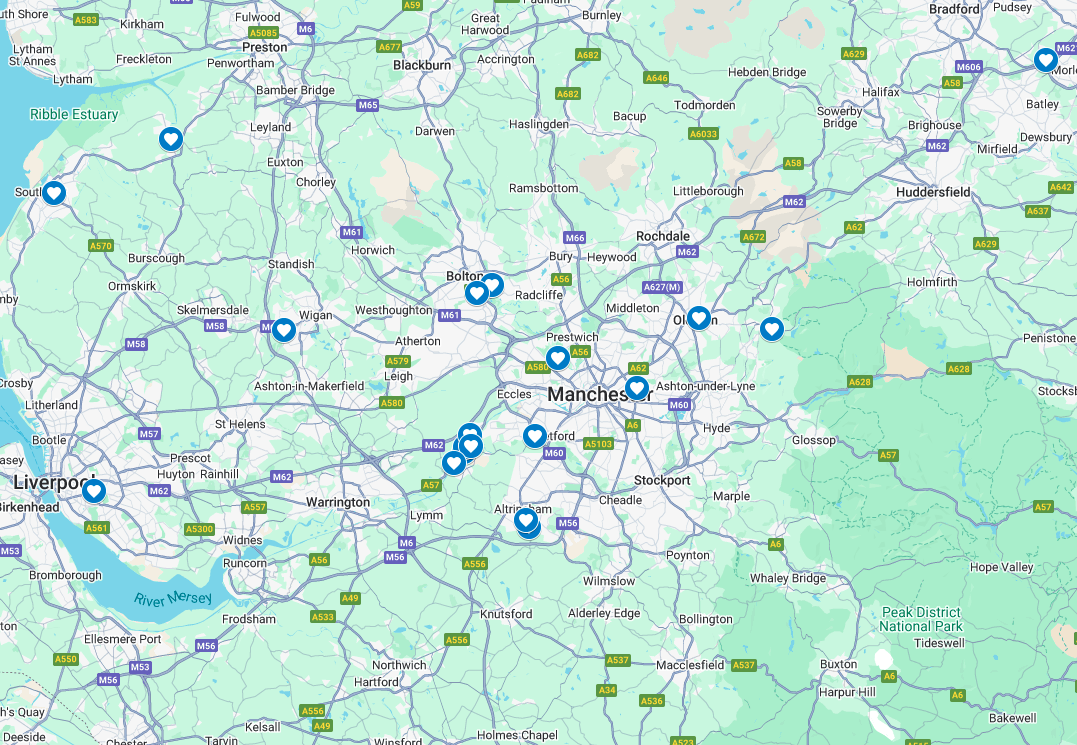Why Do I Need a Defibrillator?

Sudden Cardiac Arrest (SCA) in Workplaces and the Community
Sudden Cardiac Arrest (SCA) is a leading cause of death in the UK. According to the Resuscitation Council, there are approximately 200 Sudden Cardiac Arrests that occur each day in the UK. Sadly, 90% of all cardiac arrests are fatal.
An automatic external defibrillator (AED) is a device that shocks the heart back into a normal rhythm following an SCA. When you invest in a defibrillator, you are investing in a life-saving piece of equipment for your community or workforce.
Defibrillators Save Lives
An ambulance takes on average 8 minutes to arrive to the scene of a cardiac emergency. During this time, the chance of survival decreases by approximately 10% for every minute that passes without treatment.
A defibrillator, along with effective CPR is the only definitive treatment for Sudden Cardiac Arrest. Sudden Cardiac arrest happens to anyone at any time or place. It is therefore essential for every location to be equipped with a defibrillator to allow for immediate treatment following an SCA. If defibrillation occurs within one minute of collapse, the chance of survival increases by approximately 90%.
Certain environments such as construction sites may be more at risk than others and need an increased number of defibrillators to ensure the entire site is covered. This is due to the physical demands of the job and the risk of electrocution.
Defibrillators Are Easy to Use
A defibrillator can be used by anyone to save the life of a person following a cardiac arrest. Once switched on, the device guides the rescuer through the process using visual and audible prompts. Some devices offer CPR feedback to ensure the highest quality CPR possible is delivered.
Training is recommended to build confidence. Time is precious when responding to a real-life emergency. Rescuers who have attended training in CPR and the use of a defibrillator are less likely to panic about what to do when responding to a cardiac arrest. This saves vital time in an emergency, increasing the chance of survival.
Be Prepared with a Workplace or Community Defibrillator
A cardiac arrest cannot be predicted, although it can be prepared for. Take a look at our range of defibrillators to ensure your environment is heart safe.
defibshop are committed to equipping everyone with the skills and knowledge to save a life. Speak to one of our Product Specialists on 0161 776 7422 or fill out our Contact Form.
FAQs
What is Sudden Cardiac Arrest (SCA) and how does it differ from a heart attack?
Sudden Cardiac Arrest (SCA) occurs when the heart suddenly stops beating, due to an electrical disturbance that disrupts its pumping action, stopping blood flow to the body. A heart attack happens when blood flow to a part of the heart is blocked. While both are serious medical emergencies, their treatment differs significantly. In cases of SCA, defibrillators are vital as they can restore a normal heart rhythm. Prompt action with an Automated External Defibrillator (AED) can significantly increase survival chances, making it essential for workplaces and communities to have accessible AEDs and bystanders ready to use them.
Why is having a defibrillator crucial in workplaces and communities?
Defibrillators are crucial because they can save lives by restoring a normal heartbeat during an SCA. Since the chances of survival decrease by about 10% with each passing minute without defibrillation, having immediate access to a defibrillator in workplaces and public spaces is vital.
Where should defibrillators be installed within a community or workplace?
Defibrillators should be easily accessible and located in high-traffic areas such as sports facilities, community centres, large offices, and job sites with high physical demands or increased risk factors, such as construction sites. Any defibrillator in the area should be clearly signposted and within easy reach, ideally ensuring that it can be retrieved and used within 1-2 minutes of an SCA. Regular training sessions should also be provided to ensure that as many people as possible are familiar with how to operate a defibrillator in an emergency.












